World Ocean Day 2024
According to rough estimates, up to 13 million tons of plastic waste end up in our oceans every year. There, it causes immeasurable and sometimes irreparable damage to wildlife and entire ecosystems.
It is high time to take action against the causes of pollution! In 2009 the United Nations established World Ocean Day to raise awareness about this topic.
Ocean’s end?
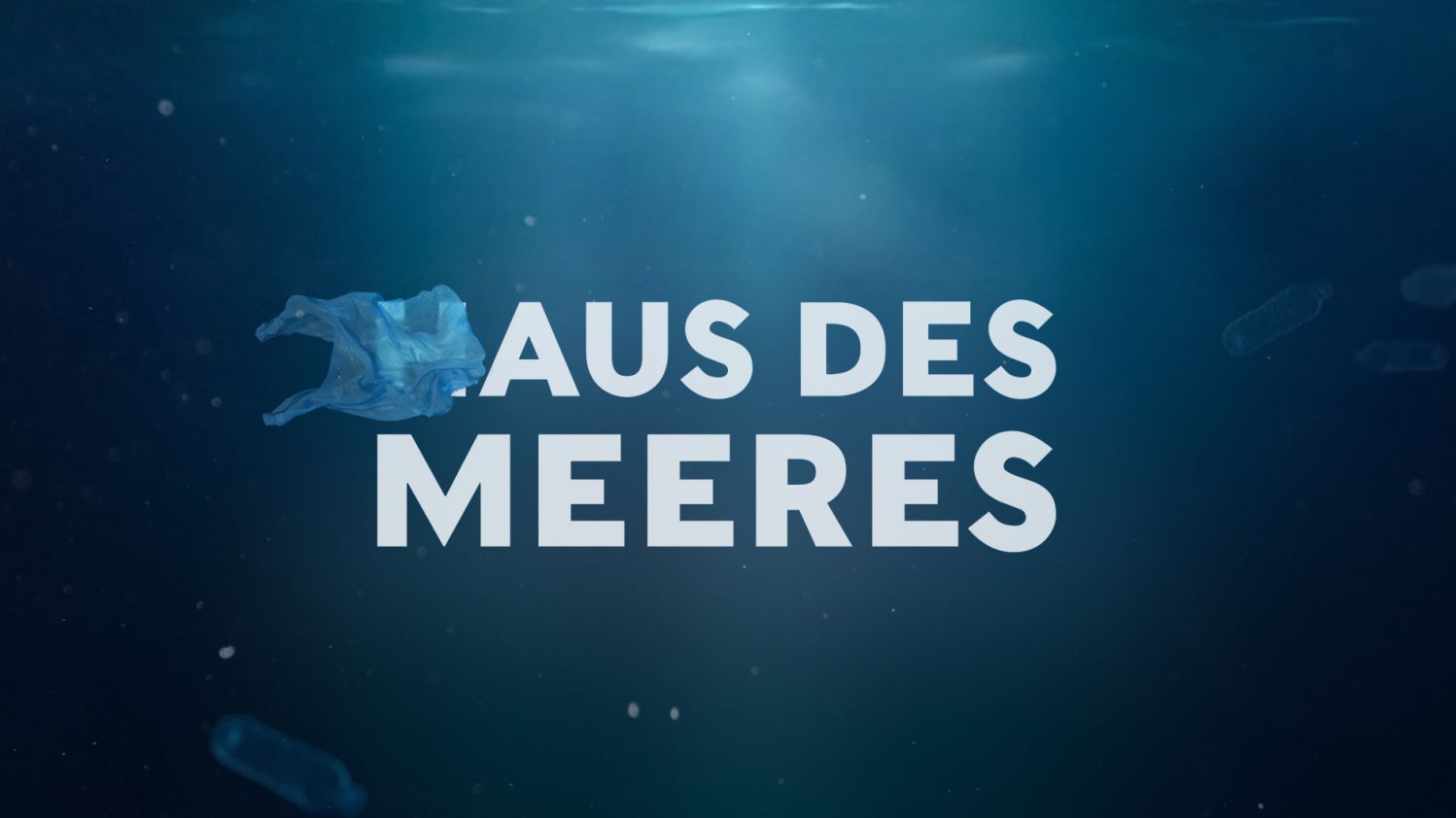
On World Ocean Day 2024, Austria's largest Aqua Terra Zoo, the "Haus des Meeres", highlights the escalating pollution of our oceans with a two-day captivating installation. In the park, a stunning mural depicts an underwater landscape, adorned strategically with plastic waste which visitors can remove. On these items a QR code can be found which, upon scanning, leads to a landing page with further information about the topic.
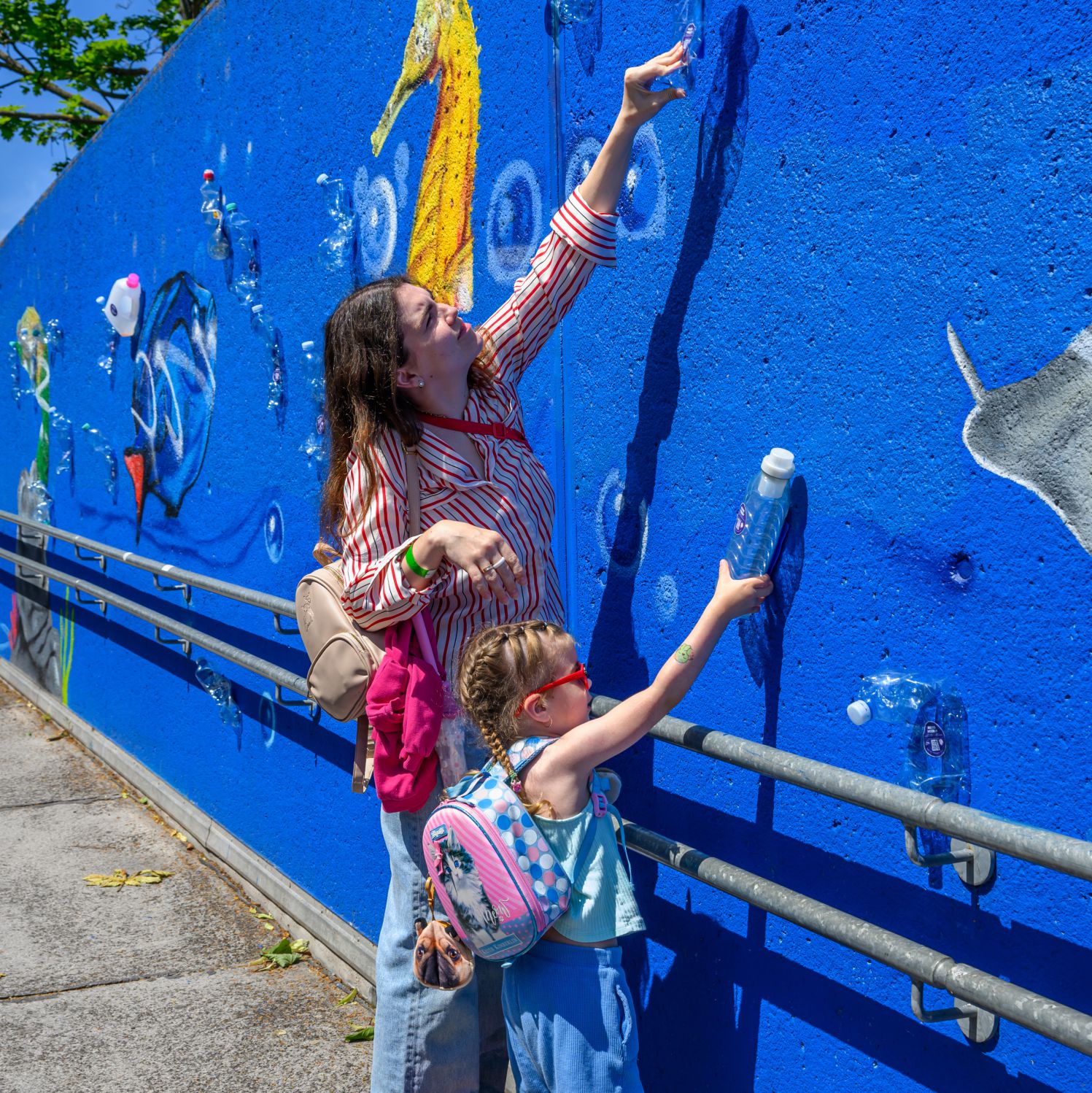
On June 7th and 8th, visitors participated in an interactive special program: An opportunity to learn about marine pollution and environmental protection in a playful way with our guides!
General info

General Info
- Only about 5% of the world’s oceans have been explored so far
- Only around 7% of the world’s oceans are declared protected areas
- Humans are accelerating natural extinction by a factor of 1000
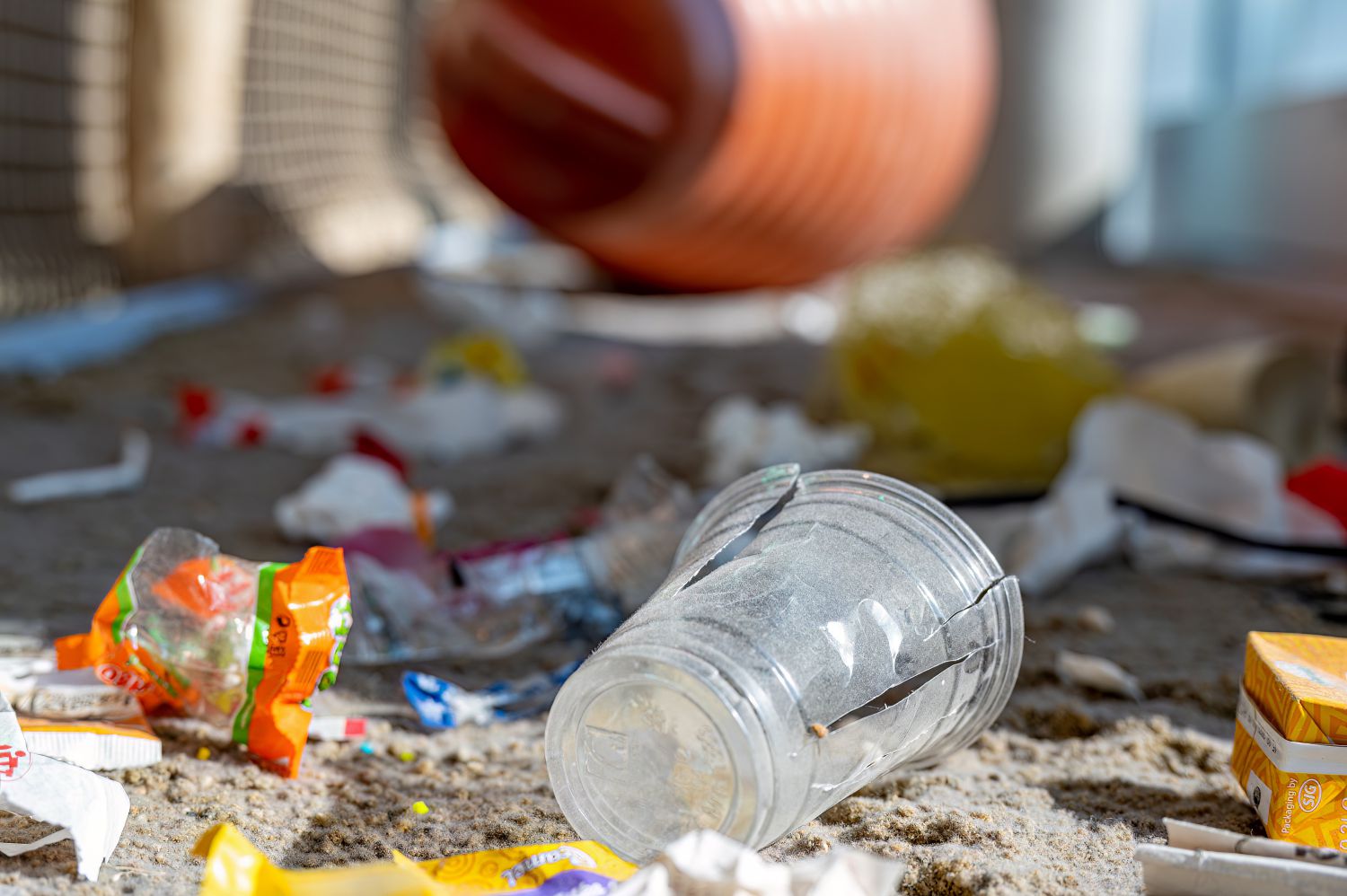
Mass tourism
Half of the garbage found on beaches in the Mediterranean is caused by tourism. The majority of which is plastic.
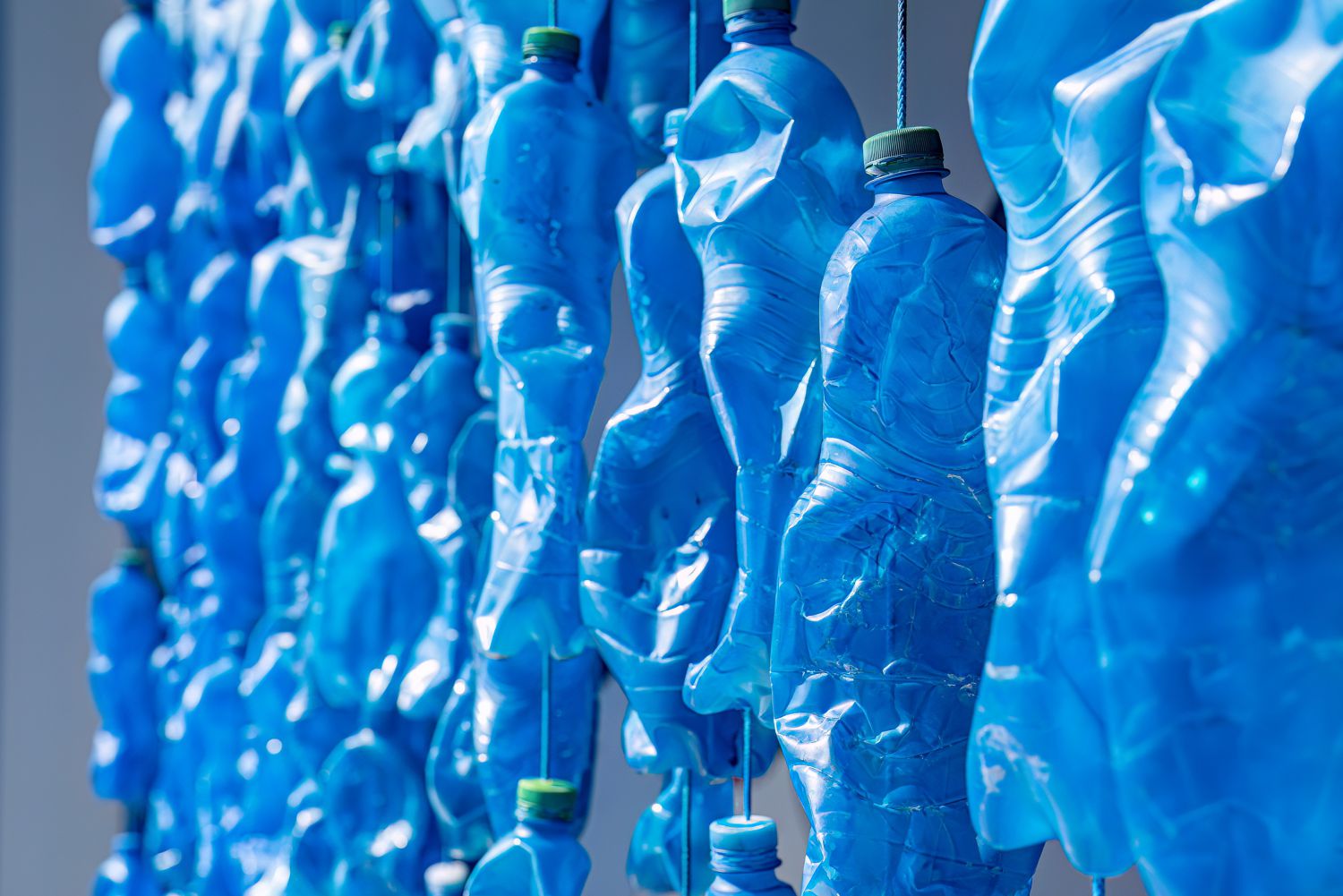
Garbage / Plastic waste
- Annually 13 million tonnes of garbage end up in the oceans. That’s more than a full garbage truck per minute!
- The biggest garbage patch is located in the North Pacific Ocean and covers an area the size of Central Europe.
- So called ghost nets are fishing nets which have been lost and float in the ocean, posing a danger to marine life.
- The majority of plastic finds its way to the ocean via wastewater and rivers.
- 150 million tons of plastic are in the ocean (80% originating from land), half of which is single-use plastic.
- 70% of plastic waste sinks to the seafloor.
- For sea turtles, plastic bags are especially problematic, as the turtles confuse them with jellyfish and eat them.
- Plastic waste breaks down into smaller and smaller pieces, eventually becoming microplastics. Microplastic is defined as plastic bits which are smaller than 5mm.
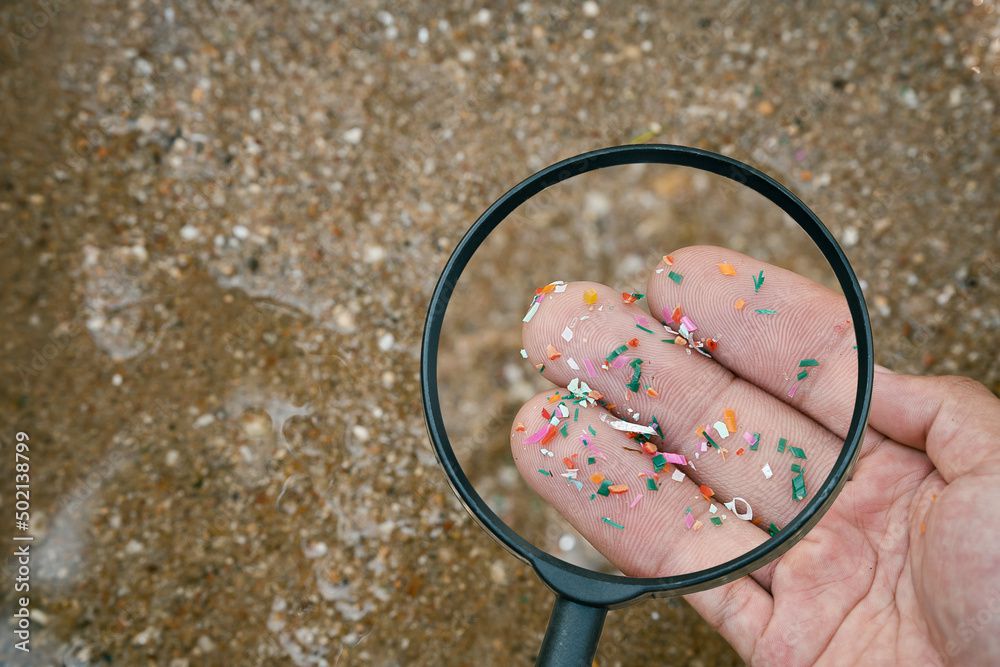
Microplastics
- Primary microplastics: These are larger plastic pieces that break down into smaller fragments due to factors such as friction, salt, bacteria, and sunlight. This can include waste that enters the environment via land or water, such as microplastics that come off when synthetic fiber clothing is washed, or tire wear on roads.
- Secondary microplastics: These are intentionally added to products such as cosmetics, detergents, toothpaste, etc. As a result, secondary microplastics enter wastewater, and the tiny particles cannot be filtered out by sewage treatment plants.
- Dangers of microplastics: During the breakdown of plastic into microplastics, harmful substances are released. Microplastics can also absorb environmental toxins and pesticides from the water (similar to a magnet).
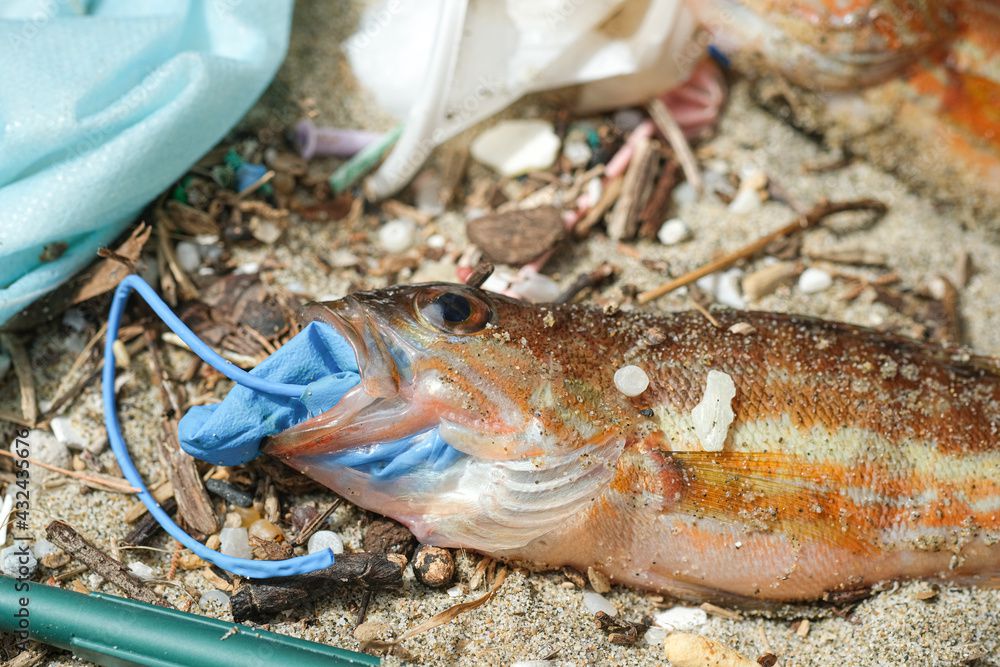
Dangers to Wildlife
- Larger plastic pieces are often mistaken for edibles due to their appearance and smell: therefore, these items act as choking hazards or blockages of the digestive systems. Hence animals die of starvation despite having a full stomach.
- Eating microplastics can also lead to inflammation in the digestive tract and can affect the feeding and reproductive behaviors of animals.
- Additionally larger plastic pieces can also cause injuries and/or deformations due to ingrown plastic waste (e.g. by previously becoming entangled).
- Each year, 1 million birds and 100,000 marine mammals die from marine debris.
- It is estimated that 52% of all sea turtles and 90% of all seabirds ingest plastic.
- By 2050, it is estimated that almost every seabird will have plastic pieces in its stomach.
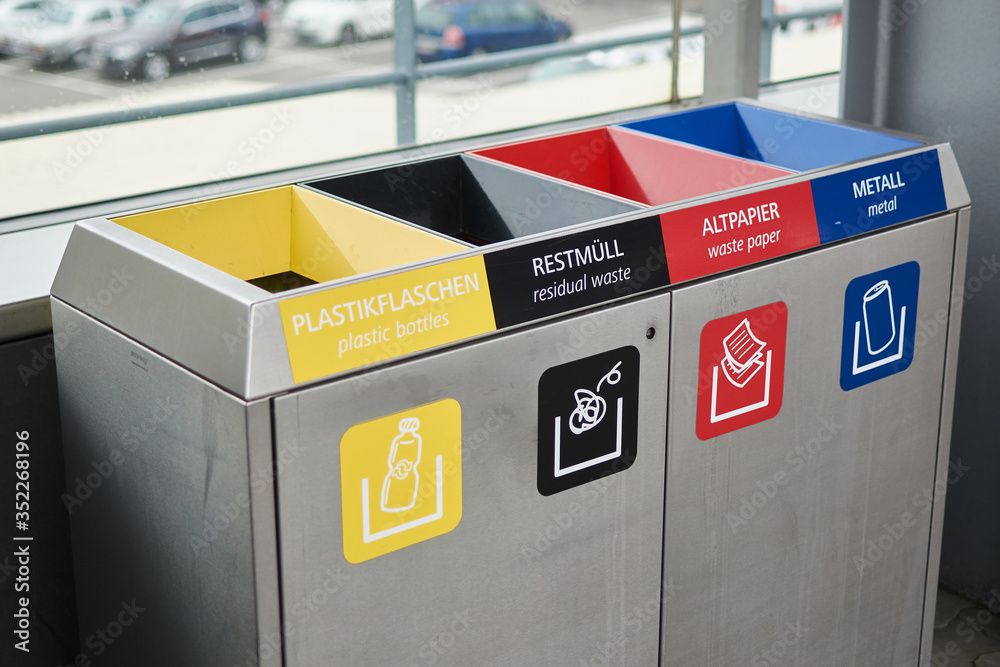
Facts Austria
- 1.6 billion beverage plastic bottles are circulated annually in Austria—equivalent to 180 plastic bottles per person per year. This was the result of a survey commissioned by the Ministry of the Environment at the beginning of 2020. However, only 40 percent of plastic bottles are recycled (ORF 2021).
- Each year, more than 900,000 tons of plastic waste are generated in Austria, including around 50,000 tons of beverage packaging. This sums up to nearly 2.5 billion bottles and cans. (Federal Ministry 2021).
- 40 tons of plastic end up in the Danube in Austria every year. Up to 1,500 tons of plastic reach the Black Sea via the Danube each year (various sources, Federal Ministry, ORF, Presse, Standard, etc. between 2015 and 2022).

Degradation time for waste
- Newspaper – 6 weeks
- Apple core – 2 months
- Cardboard packaging – 2 months
- Milk carton – 3 months
- Plywood – 1-3 years
- Wool socks – 1-5 years
- Cigarette butts – 1-5 years
- Plastic bag – 10-20 years
- Foam buoy – 50 years
- Styrofoam cup – 50 years
- Tin can – 50 years
- Aluminium can – 200 years
- Plastic cup holders – 400 years
- Plastic bottles – 450 years
- Fishing line – 600 years
- Disposable diaper – 450 years
- Glass bottle – undetermined
Ocean’s end?
This initiative aims to inspire individuals to become proactive advocates, united in safeguarding our oceans from plastic waste.
Further Information
https://infothek.bmk.gv.at/tag/plastikmuell/
https://plasticfreeconnected.com/ (engl.)